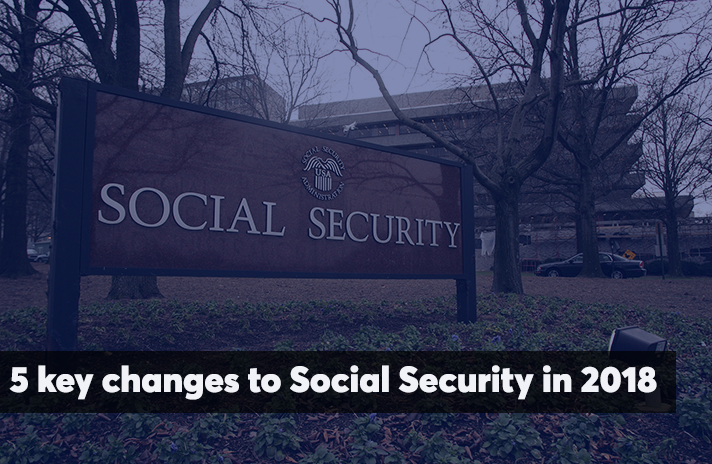
The adjustments will result in higher checks for some beneficiaries, while those on
Every year Social Security reviews the CPI from the last four quarters. Then, it determines if a
For decades, the age for people in the U.S. to receive full retirement benefits from the Social Security Administration was 65, but slowly that number is creeping higher. When the SSA made its annual announcement for changes to its program for 2018, the age requirement ticked upwards again.
The earliest age at which retirement benefits can be claimed is 66 years and two months old for those who reached their 62nd birthday in 2017. For individuals who hit that milestone in 2018, the age rises to 66 years and four months.
The adjustments went into effect on January 1, 2018. Scroll through to learn about five other core changes to Social Security that clients need to know:

Cost of living adjustment
Read more:

High taxable maximum earnings
Read more:

Higher full retirement age
Read more:

Higher earnings limits
Read more:

Higher disability thresholds
Read more:





